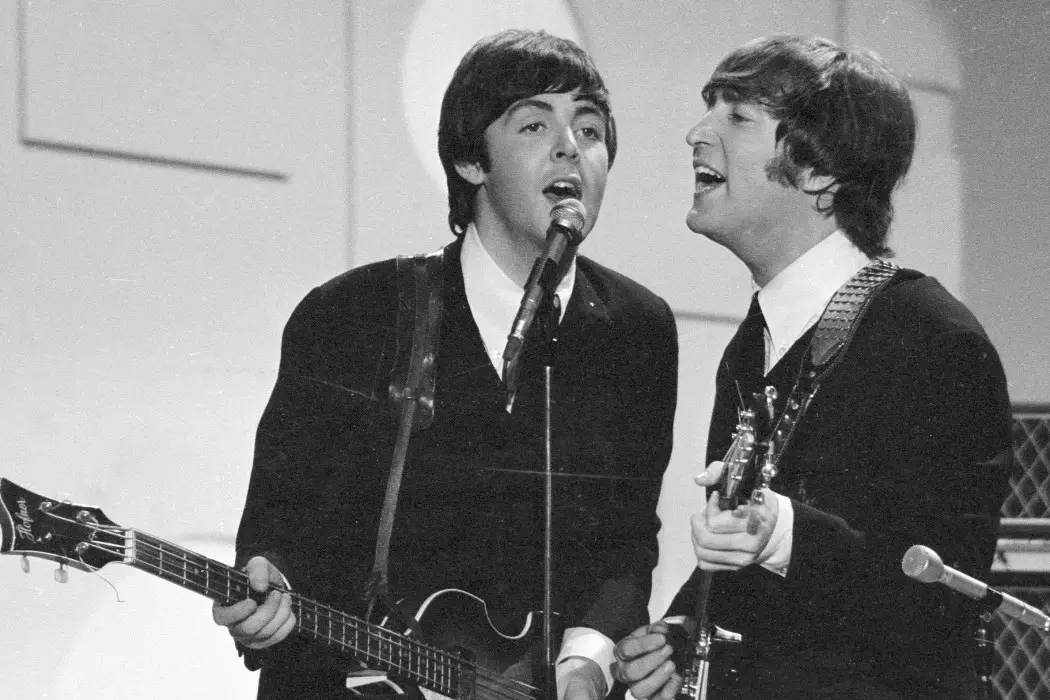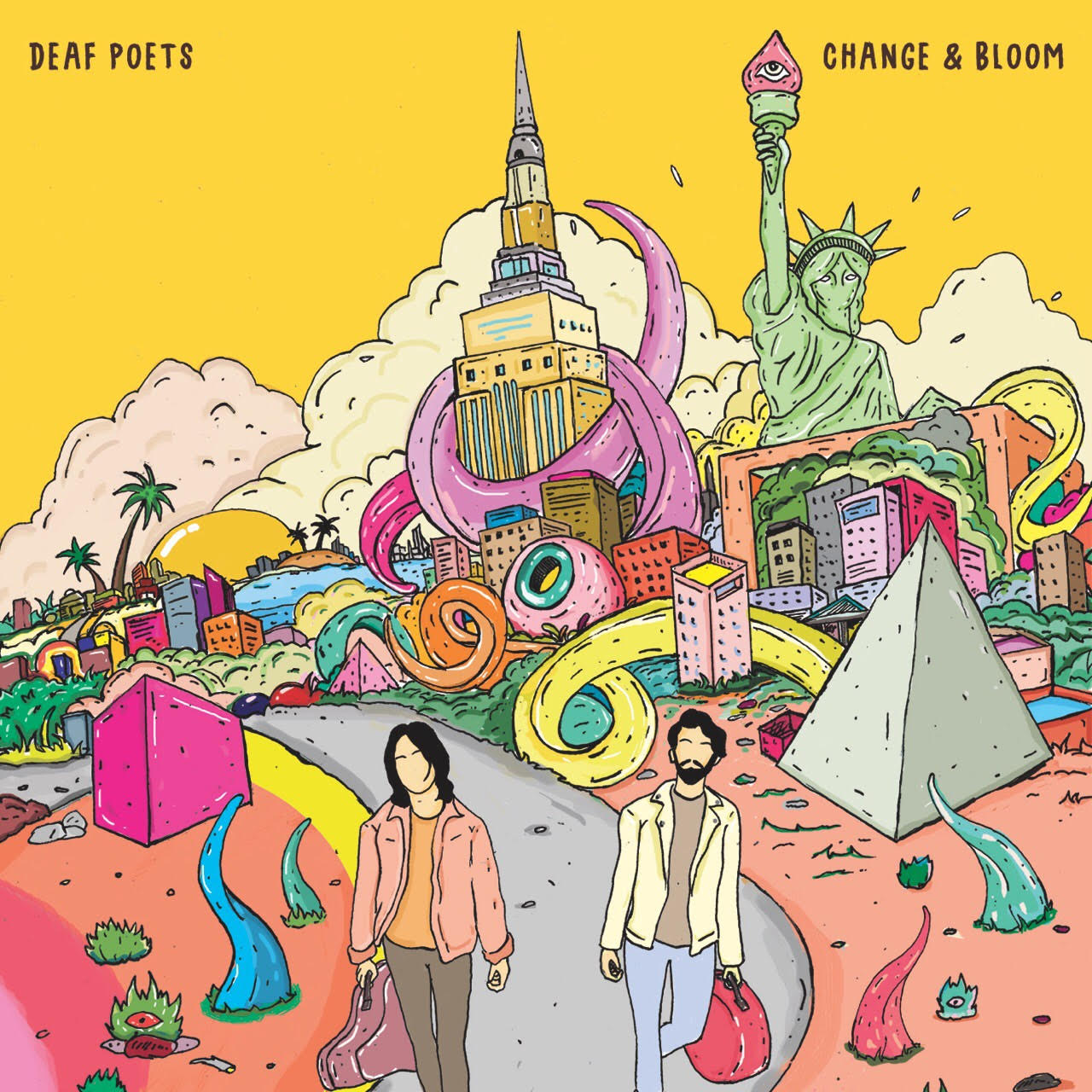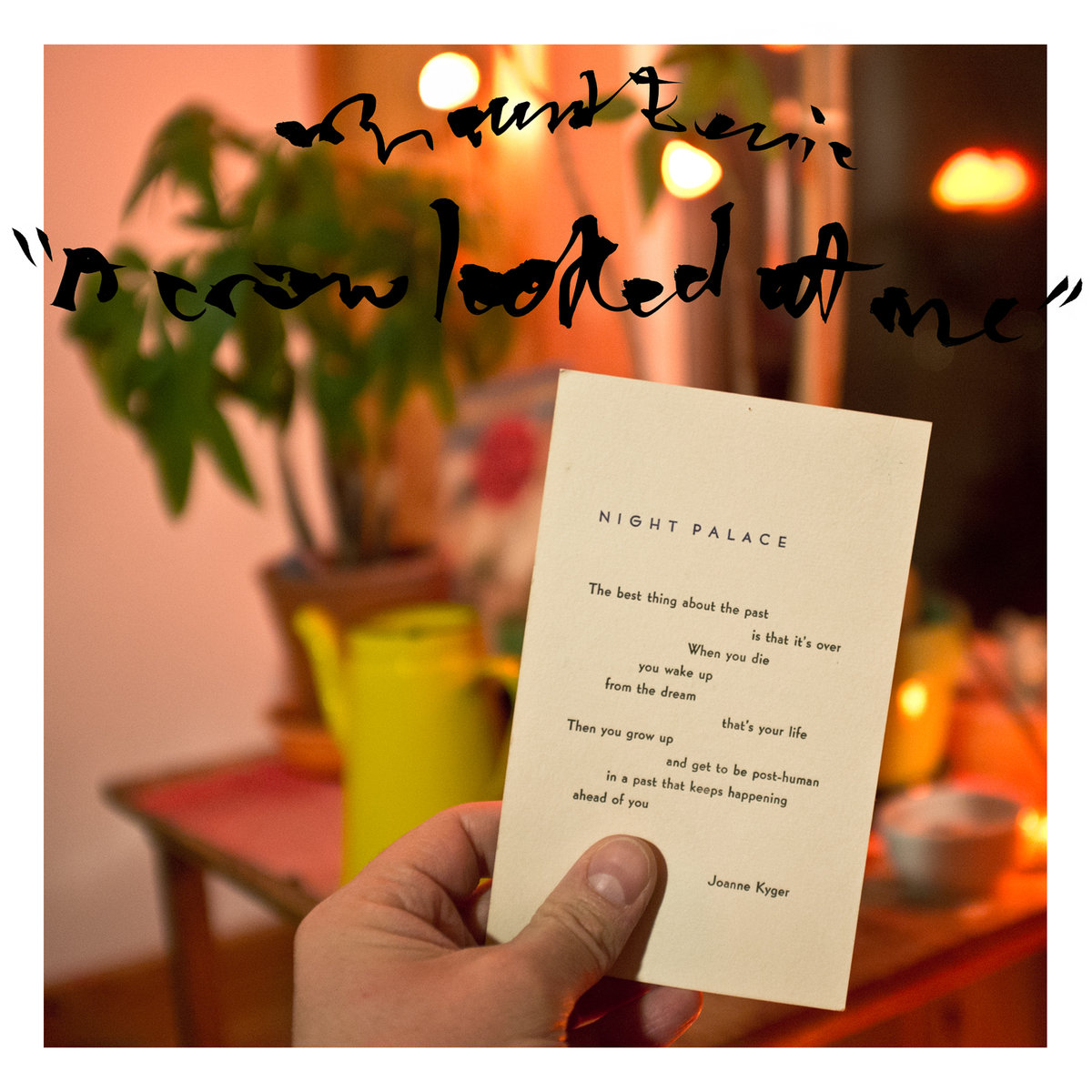A listener would be hard pressed to find a popular song recorded in the past several years that features only one name in the writing credits. Sure, solo writers are still out there, but they’re a rare breed in the modern space. Collaboration has become a science within the music industry, one with carefully constructed formulas concocted by labels and artists looking to create a spark – and for good reason! Collaboration can be a powerfully effective means of expanding the potential of some writers. By bringing in fresh or more experienced minds, artists can be pushed out of creative ruts.
I’ve been nicknamed ‘the cookie jar’ for having way too many ideas – [but] I was able to get in there and have people challenge modes and talk about structure. They’re really teaching me things, too, and I think we all learned a lot from each other.
– Carly Rae Jepsen on collaborative songwriting
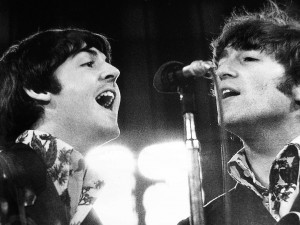
But creative energy isn’t the only reason multiple writers on projects have become the norm. In an increasingly crowded business, gaining support within the industry is harder than ever. By bringing in additional writers to a project, you’re also bringing in their respective teams and creating a personal investment in the project. Asking for help from various sources in getting the attention your artist needs is much more effective when those sources also stand to benefit from a song or album’s success.
But let’s focus on the creative goals of collaboration and the process itself. Dropping a group of personalities into a room, particularly the types of big personalities typical of the creative world, is an act not without its potential pitfalls. While an ideal songwriting session will feature a group of people all focused on the same goal of creating something great, that can mean different things for different people. A great song for one might be measured by its chart success, another measured by its lyrical profundity. Even if these micro-goals are shared, a great lyric might mean dazzling wordplay for one writer and concise simplicity for another.
We kind of knew, as soon as we started writing together, that it could be a cool thing to pursue.
– Anthony West of Oh Wonder
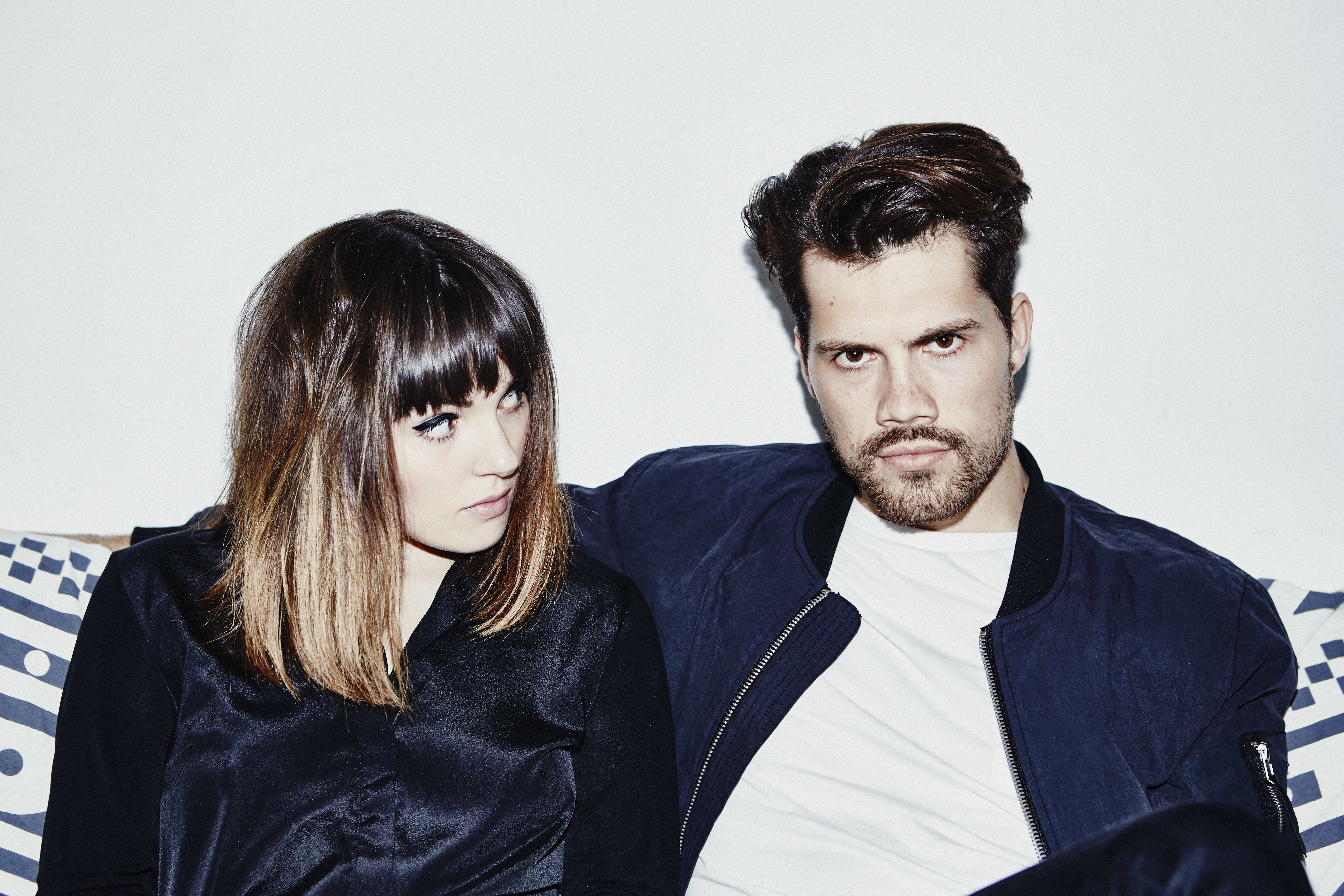
The chemistry between [Colin and Josh] can really bring something out; it’s pretty cool.
– Katie Earl of The Mowgli’s on her bandmates’ songwriting sessions
Collaborations work when these various goals and motivations are allowed to coalesce in the service of quality. Pride must be completely excised from the process. Writers must be comfortable taking the lead in certain sessions and taking a backseat in others when another member of the group is firing on all cylinders creatively. I was once in a country session in Nashville, considerably removed from my comfort zone, trying to push myself into relevance in the session. After a few hours I realized that I could serve the budding song best by sitting back and supporting the best ideas I heard.
Collaborative songwriting is not the soul-destroying machine nor the creativity savior that it’s been made out to be by some parties on either side of the argument. Like most tools, it can be used effectively for great benefit or used poorly to the wielders’ detriment. The only concrete advice I would give to budding songwriters is to take some time to develop a complete understanding of what’s involved with crafting a song before leaning too heavily on co-writers. A good copilot is always a worthwhile companion, but you should really know how to fly the plane yourself first.

